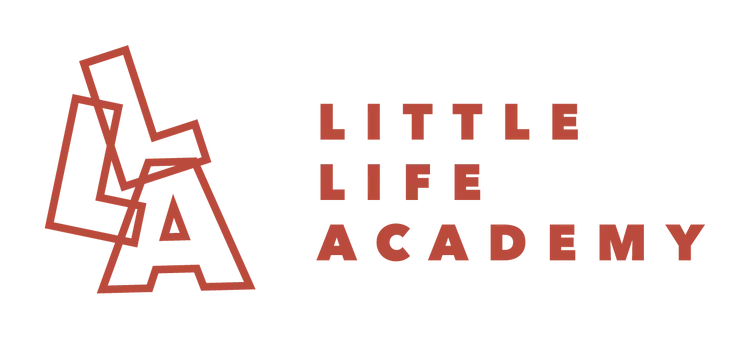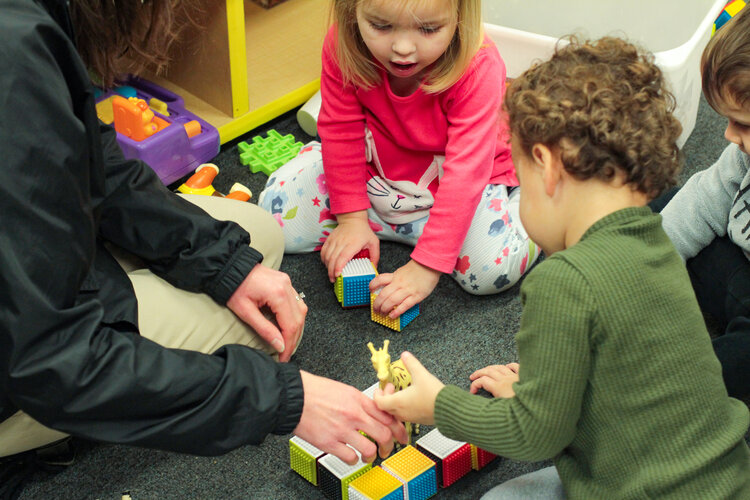

Hi there, grown-ups! Grab your coffee (or juice box; I don’t judge!) and pull up a tiny chair. Choosing a preschool can feel as big as the first day of school itself, but don’t worry! Together we’ll make it easy, fun, and maybe even a little bit sparkly.
Before tours and checklists, think about your little learner. Are they shy and need a gentle start, or do they bounce like a kangaroo at 7 a.m.? Write down three words that describe them. Your notes will help you spot a school that feels “just right,” like Goldilocks’ perfect porridge. (Yes, I still read fairy tales at staff meetings.)
A quality preschool is a safe preschool. Look for clear sign-in rules, clean classrooms, and teachers who greet children at eye level with kind smiles. National experts like the National Association for the Education of Young Children (NAEYC) list safety and warm teacher/child interactions as top markers of quality.
On your visit, peek at how teachers talk with children, not at them. Are voices calm? Do teachers ask questions like “What will happen if we add another block?” rather than giving orders? Harvard education researchers say lively back-and-forth talk builds brains and vocabularies. Teacher tip: The best classes sound like friendly chatter, not a drill sergeant’s march.
A top-notch room looks like a mini town: reading nook, art corner, science station, dress-up zone. Child Care Aware’s handy Preschool Program Checklist reminds parents to check for labeled shelves, low sinks, and reachable books; all signs the space is made for kids, not giants.
Whether the school follows Montessori, play-based, or a little bit of everything, the day should swing between active play, quiet learning, snacks, and outdoor adventures. Balance matters more than one strict philosophy. U.S. News notes that mixed activities keep children curious and rested.
Small student to teacher ratios mean big attention. Ask, "How many friends are in the room? How many grown-ups?" DHS requires no more than five eighteen month and younger per teacher, eight two-year olds per teacher, twelve three-year-olds per teacher or fifteen four-year-olds per teacher. Any time a preschool has fewer kids per teacher that equals a few more high-fives and faster tissue help.
Does the school send photos, notes, or an app update about finger-painting triumphs? Regular two-way talk shows respect for parents as partners. If the teacher mentions “open door policy,” that’s teacher-ese for “We love visitors!”
After your tour, close your eyes and notice your belly: butterflies of joy or uneasy knots? Research is great, but your gut feeling is the tie-breaker. If something feels off, keep looking.
Compare two schools side by side. Use a print-out checklist and give happy-face stickers.
1. Talk to other parents. Real stories beat glossy brochures.
2. Visit again at pick-up time. You’ll see the “real-life” bustle.
If your preschool hunt brings you near Little Life Academy, come say hello! We love curious parents, tiny explorers, and anyone who laughs at knock-knock jokes. Schedule a tour, meet our teachers, and see if our classrooms give you that warm-and-fuzzy feeling. (Spoiler: We are good at giving the fuzzies!) We are a Christian preschool focused on teaching biblical values in central Arkansas.
You’ve got this! Choosing a preschool is like picking the right crayon: once you find the perfect color, your child’s picture of learning really pops. And remember: whether you end up at Little Life Academy or another wonderful place, the best preschool is the one where your child feels safe, loved, and eager to learn each day.
High-five and happy hunting!
COPYRIGHT © LITTLE LIFE ACADEMY, ALL RIGHTS RESERVED.
